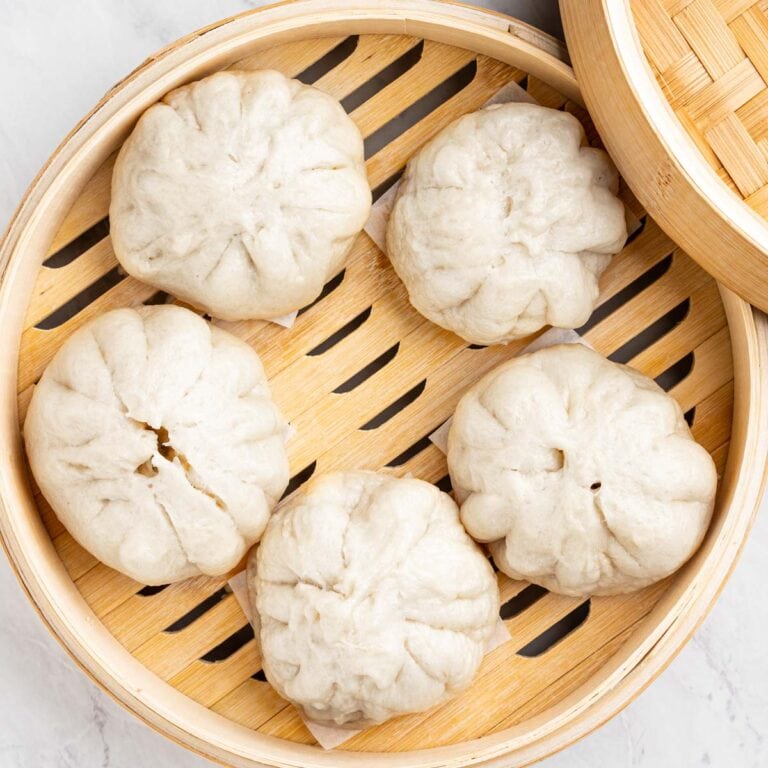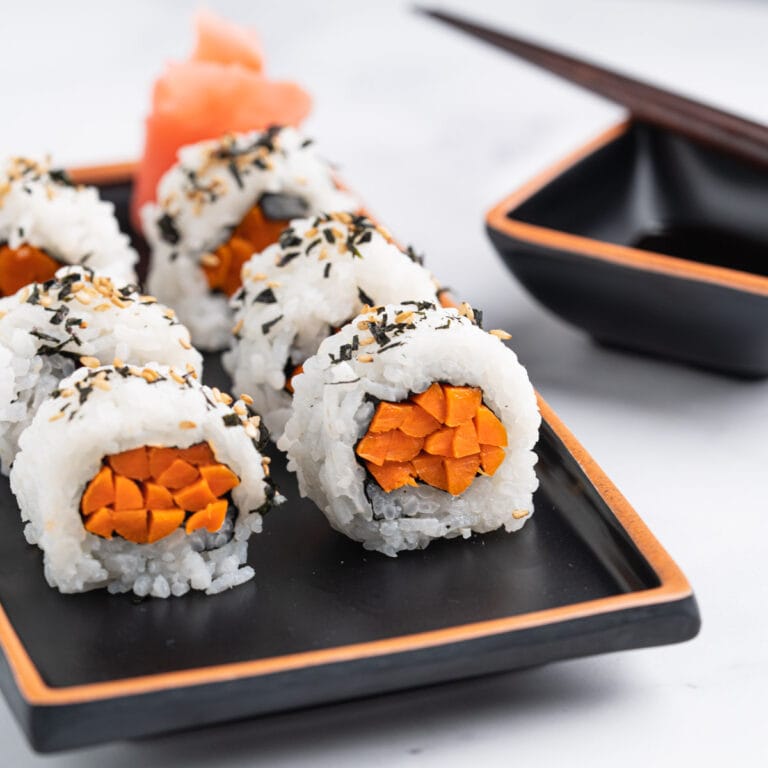Oshinko Roll
I am absolutely excited to introduce you to this delicious Japanese pickled vegetable sushi roll – the Oshinko Roll. This is the ultimate guide to everything you need to know about it: what is it, how to make it at home, where to buy it, and how to store it so it stays fresh.
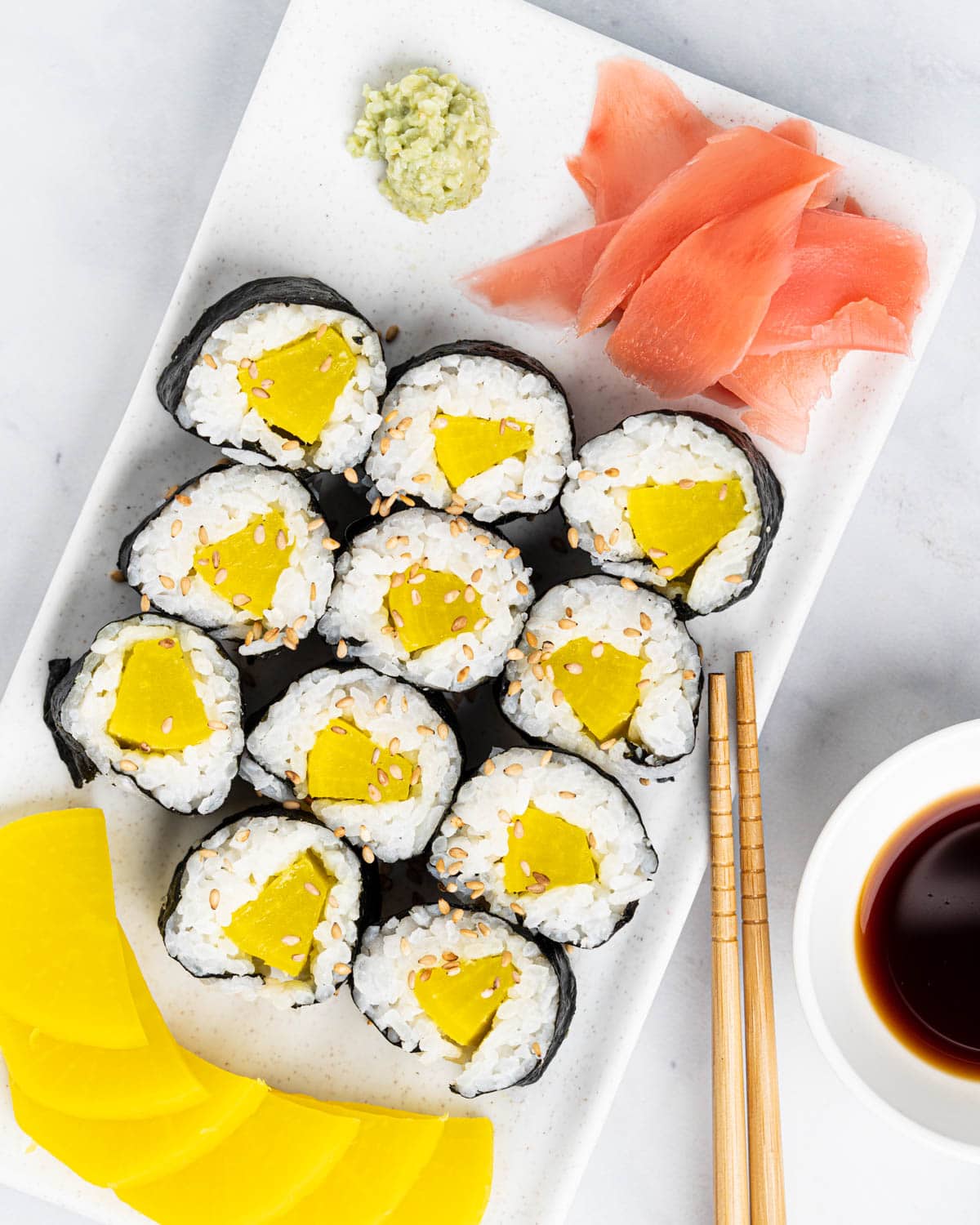
What is Oshinko roll?
An “Oshinko Roll” is a type of sushi roll commonly found in Japanese restaurants. “Oshinko” refers to Japanese pickled vegetables, and this roll typically includes these pickled vegetables as one of its main ingredients.
The exact composition of an Oshinko roll can vary depending on the sushi chef or the restaurant’s preferences, but it often consists of rice, nori (seaweed), and a filling made from Oshinko, which can be pickled daikon radish, cucumber, or other pickled vegetables. My favorite is yellow pickled radish daikon. Sometimes, additional ingredients like avocado or sesame seeds are added for extra flavor and texture.
Due to the pickled vegetables, an Oshinko roll tends to have a tangy and slightly sour taste, which contrasts nicely with the sweetness of the sushi rice. It is a popular choice for those who enjoy the distinct taste of pickled flavors in their sushi.
Why you’ll love this
- Unique and Tangy Flavor: The pickled vegetables in an Oshinko roll provide a distinctive and tangy taste that sets it apart from other sushi rolls.
- Refreshing and Light: Oshinko rolls tend to be light and refreshing, making them a perfect choice for those who prefer sushi options that don’t feel overly heavy or rich.
- Vegetarian-Friendly: Oshinko rolls are usually vegetarian, making them an excellent option for vegetarians or those looking to include more plant-based choices in their sushi selection.
- Low in Calories: As a lighter sushi option, Oshinko rolls typically contain fewer calories than rolls with heavier fillings like tempura or cream cheese. This is a great choice for those watching their calorie intake.
- Easy to Customize: While this roll usually contains pickled vegetables as the primary filling, there’s room for creativity. You can add other ingredients like avocado, shiso leaves, or even tempura flakes to customize the roll to your liking.
- Ideal for Sushi Beginners: The Oshinko roll’s straightforward and mild flavor profile can make it an excellent choice if you’re new to sushi making or unsure about using raw fish.
Kitchen Tools
- Sushi Bamboo Rolling Mat: a sushi rolling mat or makisu, is a traditional tool used in Japanese cuisine to make sushi rolls. It is an essential utensil when preparing maki sushi, consisting of cylindrical rolls with nori (seaweed) on the outside and rice and fillings on the inside. It allows you to tightly shape and roll the sushi ingredients into a compact roll.
- Plastic wrap: I like wrapping the sushi mat with a layer of plastic wrap for easy cleanup.
- Sharp knife: use a sharp knife to cut the sushi. Do not use a serrated knife.
Ingredients Needed
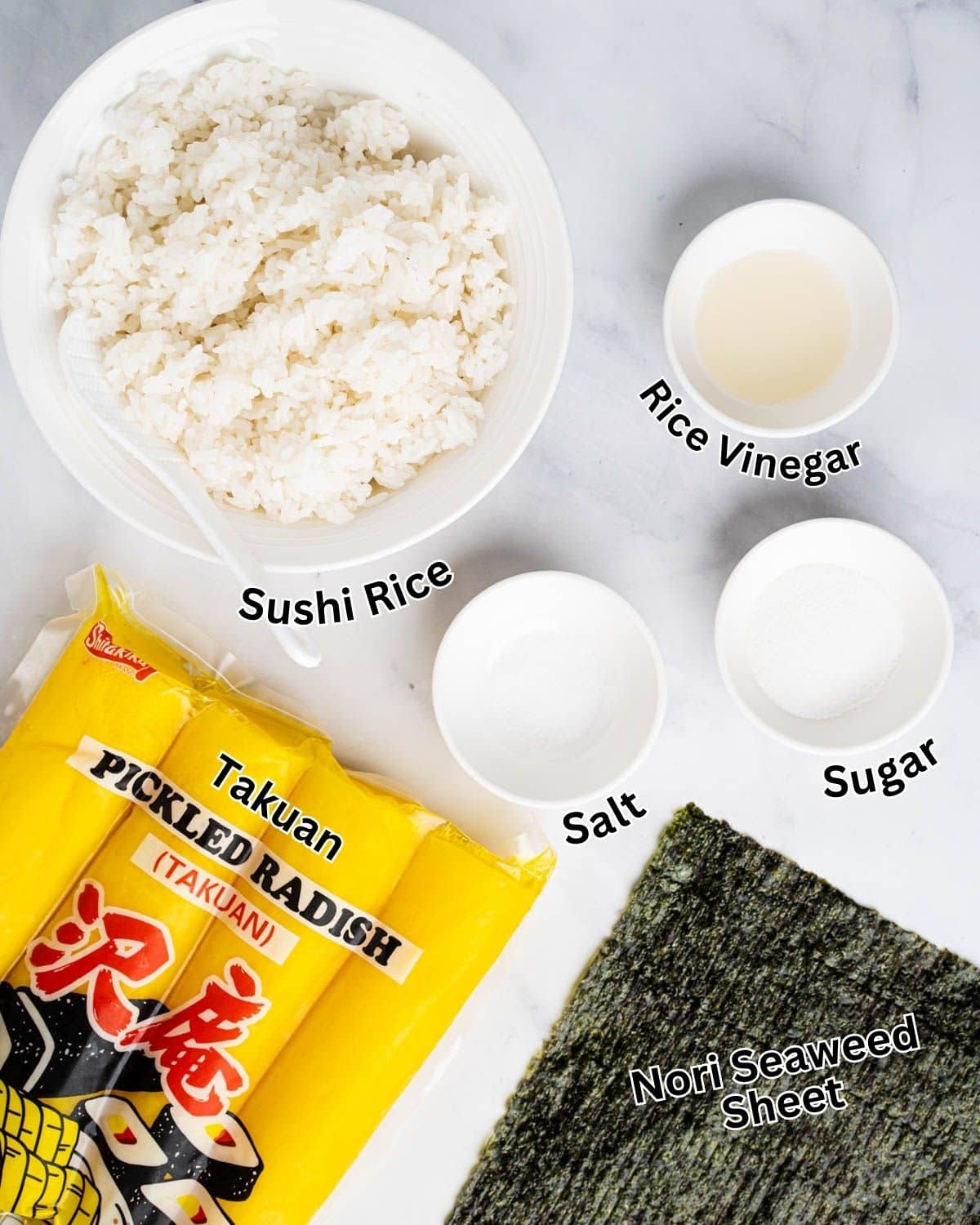
- Nori (seaweed): Nori is used as the outer wrapping of the sushi roll. It provides a subtle umami flavor and adds structural support to hold the rice and fillings together.
- Sushi Rice: Sushi rice is the foundation of the roll, providing a sticky base to hold the ingredients together. It’s seasoned with rice vinegar, sugar, and salt to give it the authentic sushi rice flavor.
- Takuan (pickled radish): The star ingredient! Oshinko refers to various Japanese pickled vegetables. Pickled daikon radish and pickled cucumber are commonly used. The pickled vegetables offer a unique tangy and slightly sweet taste. This can be found at your local Asian grocery store or on Amazon. Feel free to pick whichever pickled vegetable you’d like.
- Sesame Seeds (optional): Toasted sesame seeds provide a nutty flavor and add texture to the roll.
Please scroll ⬇️ to the recipe card to see the full ingredient amounts and instructions.
How to make it
Step One: Prepare the sushi rice. Cook sushi rice following the package instructions or your preferred method. Once cooked, season the rice with a mixture of rice vinegar, sugar, and salt. Gently fold the seasoning into the rice to evenly distribute the flavors.
Step Two: Prep the ingredients. If the Oshinko is in large pieces, slice them into thin strips. Cut the nori sheet in half.


Step Three: Lay Nori on the Mat. Place a sheet of nori, shiny side down, on top of the plastic-covered bamboo mat.
Step Four: Spread Sushi Rice. Wet your hands with water to prevent the rice from sticking to them. Take a handful of sushi rice and spread it evenly over the nori.
Step Five: Add Fillings. In the center of the rice, arrange the Oshinko strips in a neat line across the rice.
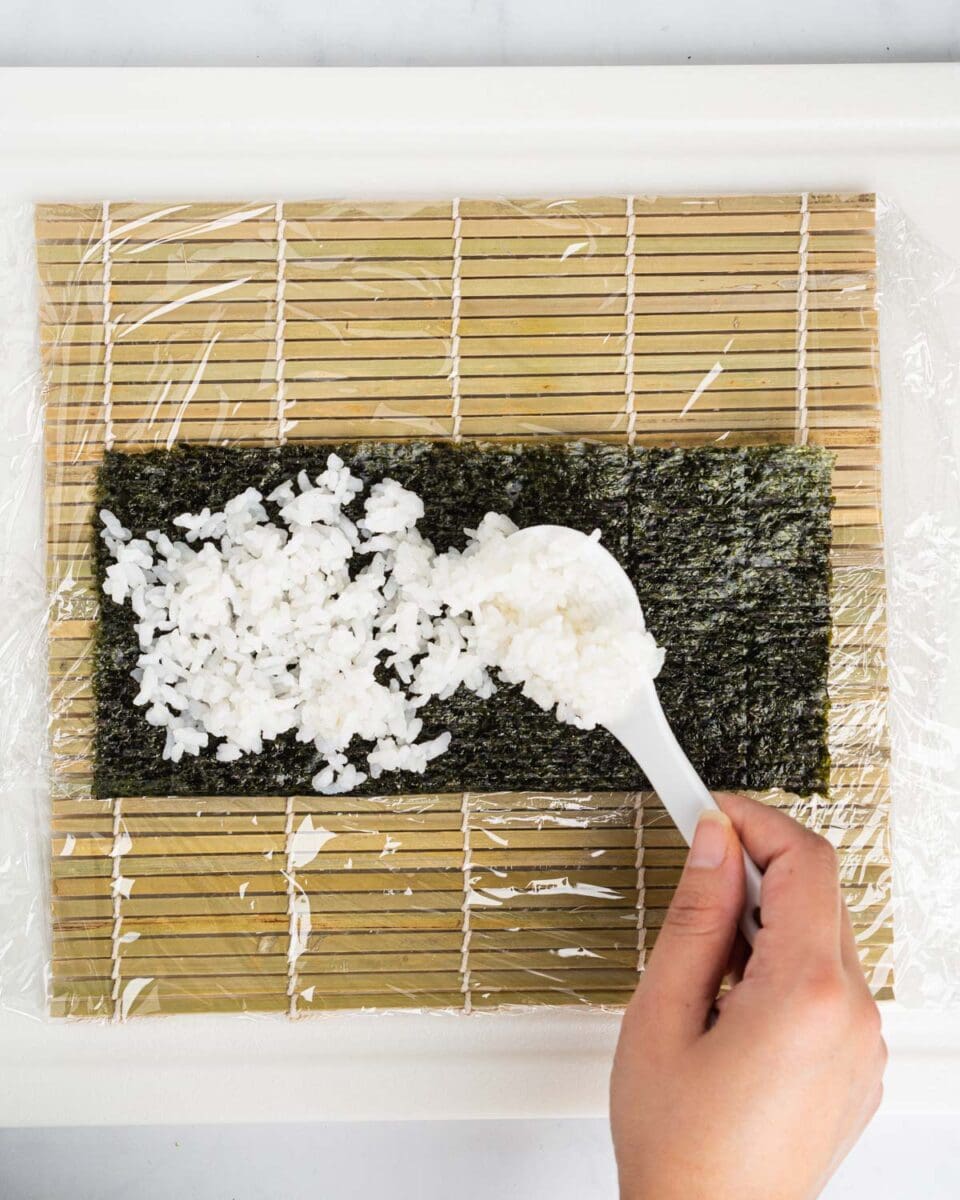
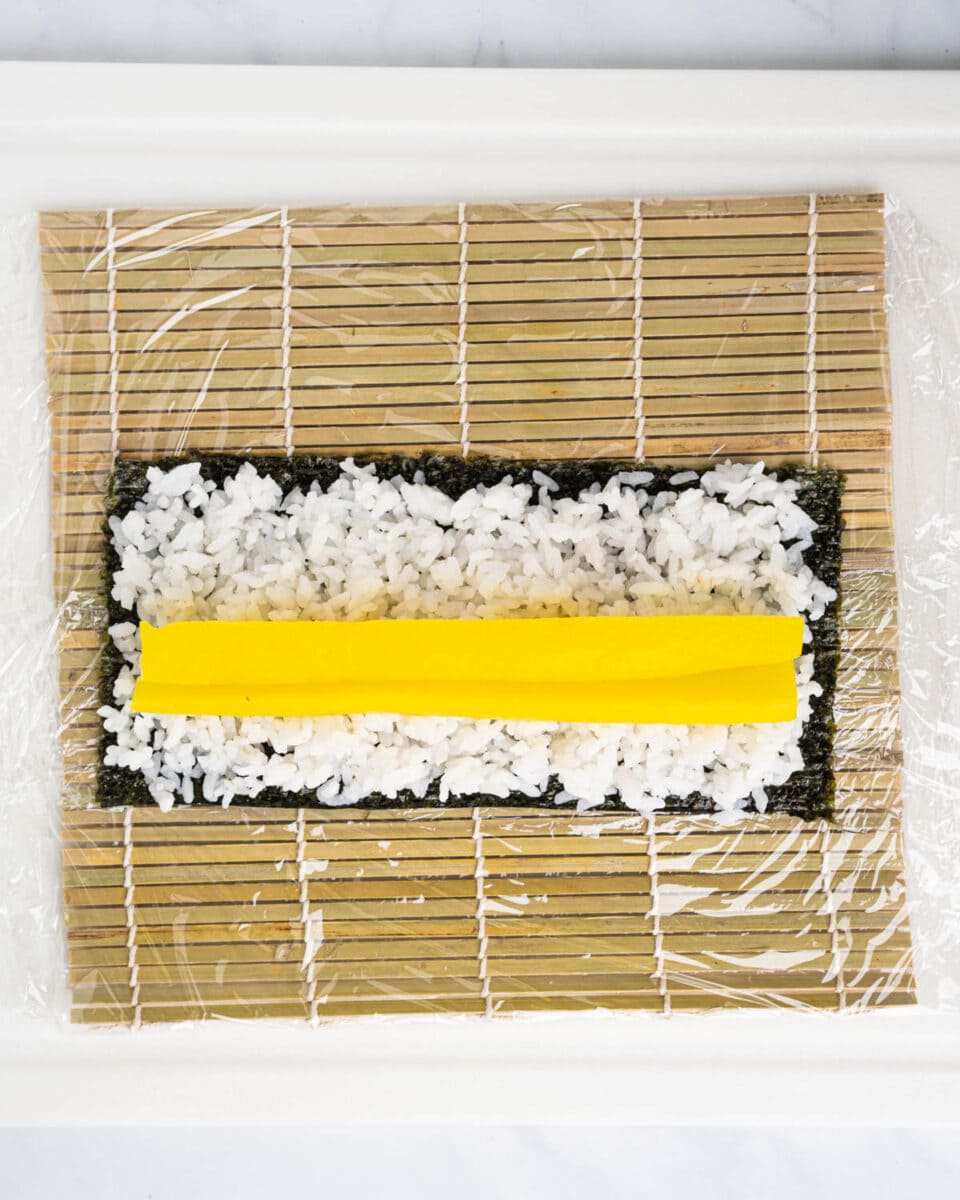
Step Six: Roll the Sushi. Lift the bamboo mat from the bottom edge and start rolling it away from you, tucking the fillings in as you go. Use gentle pressure to create a firm and compact roll.
Step Seven: Slice the Roll. Use a sharp, wet knife to cut the Oshinko roll into bite-sized pieces. Wipe the knife clean between each cut to maintain clean edges.
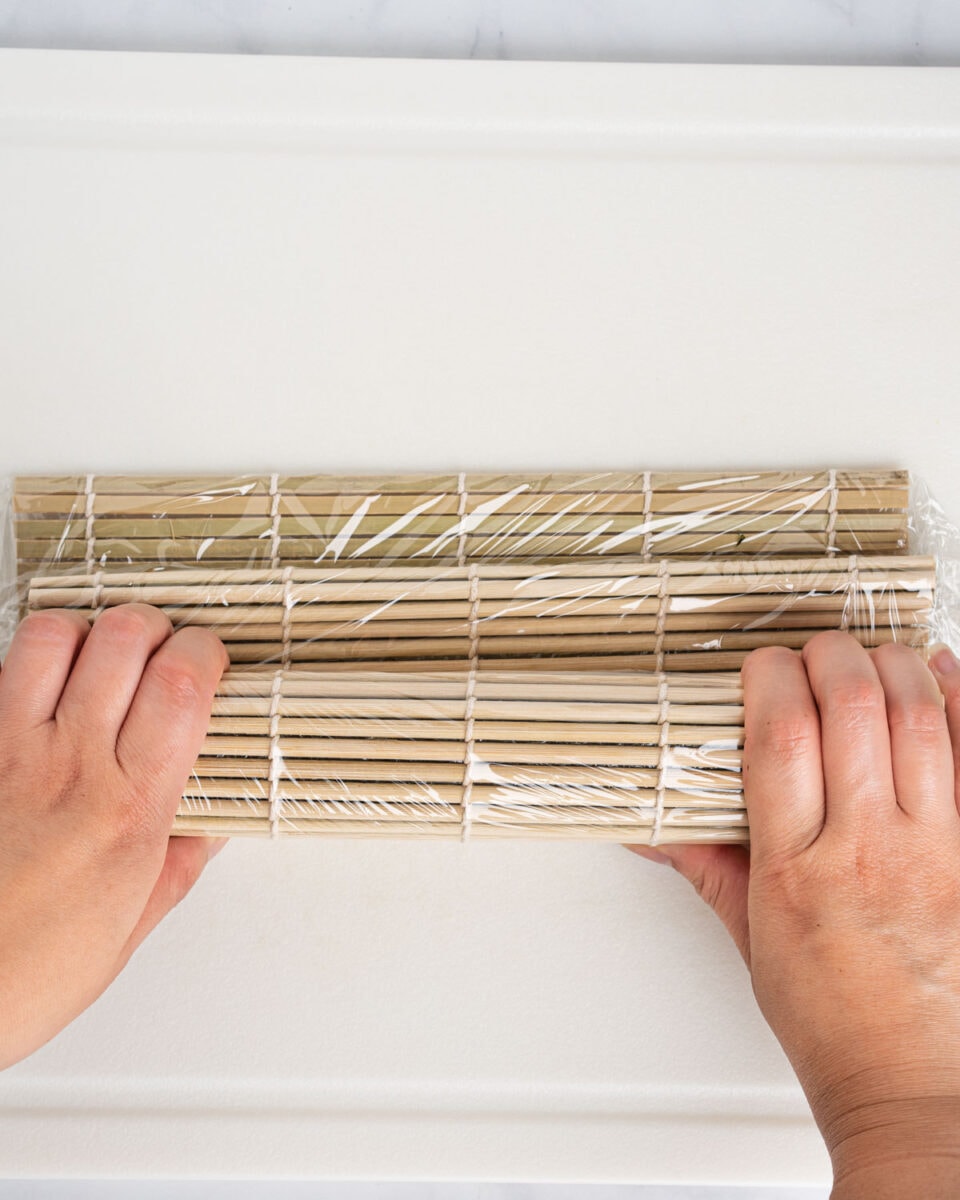

Serve: Arrange the Oshinko roll pieces on a serving platter and top with sesame seeds (optional). Serve it with soy sauce, pickled ginger, and wasabi on the side for dipping.

Tips on how to make the best Oshinko Roll
- Quality Ingredients: Start with fresh and high-quality ingredients. Look for well-made Oshinko (Japanese pickled vegetables) at your local Asian market or specialty store. Opt for crisp and flavorful pickled daikon radish or cucumber for an authentic taste.
- Sushi Rice Perfection: The foundation of any excellent sushi roll is the rice. Prepare sushi rice following the proper instructions to achieve a slightly sticky and well-seasoned rice.
- Proper Rolling Technique: Use a bamboo rolling mat (makisu) covered with plastic wrap to roll the sushi tightly and evenly. Make sure not to overstuff the roll to ensure a manageable and neat rolling process.
- Moist Hands: Keep a small bowl of water nearby and moisten your hands when handling the sushi rice. This prevents the rice from sticking to your hands and makes it easier to spread the rice evenly on the nori.
- Fillings: As Oshinko has a unique tangy flavor, avoid overwhelming it with other strongly flavored ingredients. Stick to the pickled vegetables as the main filling, but you can add thin slices of creamy avocado or a touch of toasted sesame seeds for additional texture and taste.
- Balance and Proportions: Aim for a balanced filling-to-rice ratio. A thin layer of rice will ensure that the roll doesn’t become too bulky, allowing the flavors of the Oshinko to shine through.
- Fresh Nori Sheets: Use fresh, good-quality Nori sheets with a shiny appearance. Older or stale nori may result in a less enjoyable texture.
- Slice with Care: Once your Oshinko roll is assembled, use a sharp, wet knife to cut it into even, bite-sized pieces. Wiping the knife clean between cuts will keep the edges neat and prevent the roll from falling apart.
How to store leftovers
Wrap
If the Oshinko Roll is already sliced into bite-sized pieces, wrap the remaining portions tightly with plastic wrap. Ensure the wrap is in direct contact with the sushi to prevent air exposure, which can dry out the rice and affect the texture.
Refrigerate Promptly
Place the wrapped Oshinko Roll in an airtight container or a sealed plastic bag to further protect it from air and moisture. Refrigerate the container promptly to keep the sushi safe to eat.
Avoid Freezing
While you can refrigerate leftover Oshinko Roll, it’s not recommended to freeze it. Freezing can negatively impact the texture of the rice and the pickled vegetables, resulting in a less enjoyable eating experience once thawed
Consume Within a Day
Sushi is best when it’s fresh, so try to consume the leftover Oshinko Roll within a day. The flavors and textures might change and diminish after extended storage.
Best-Eaten at Room Temperature
If you refrigerate the Oshinko Roll, take it out about 15-20 minutes before eating to allow it to come to room temperature. This helps restore some of the flavors and textures that may have been affected by refrigeration.
RECIPE

Oshinko Roll
Equipment
- plastic wrap
Ingredients
For the Sushi Rice
- 2 cups cooked sushi rice
- 1 tablespoons rice vinegar
- 1 tablespoon sugar
- 1 teaspoon salt
For the Oshinko Roll
- 2 Nori sheet cut in half
- 2 Takuan pickled radish
- sesame seeds (optional)
Instructions
- Prepare Sushi Rice: Cook sushi rice following the package instructions or your preferred method. Once cooked, season the rice with a mixture of rice vinegar, sugar, and salt. Gently fold the seasoning into the rice to evenly distribute the flavors.
- Prep the Ingredients: If the Takuan is in large pieces, slice them into thin strips. Cut the nori sheet in half.
- Lay Nori on the Mat: Place a sheet of nori, shiny side down, on top of the plastic-covered bamboo mat.
- Spread Sushi Rice: Wet your hands with water to prevent the rice from sticking to them. Take a handful of sushi rice and spread it evenly over the nori.
- Add Fillings: In the center of the rice, arrange the Takuan strips in a neat line across the rice.
- Roll the Sushi: Lift the bamboo mat from the bottom edge and start rolling it away from you, tucking the fillings in as you go. Use gentle pressure to create a firm and compact roll.
- Slice the Roll: Use a sharp, wet knife to cut the Oshinko Roll into bite-sized pieces. Wipe the knife clean between each cut to maintain clean edges.
- Serve: Arrange the Oshinko Roll pieces on a serving platter and top with sesame seeds (optional). Serve it with soy sauce, pickled ginger, and wasabi on the side for dipping.





